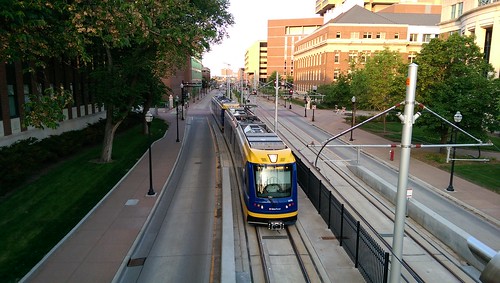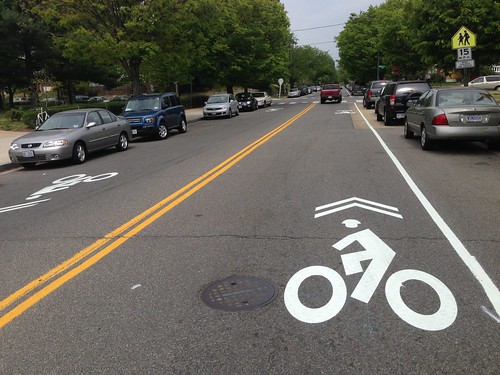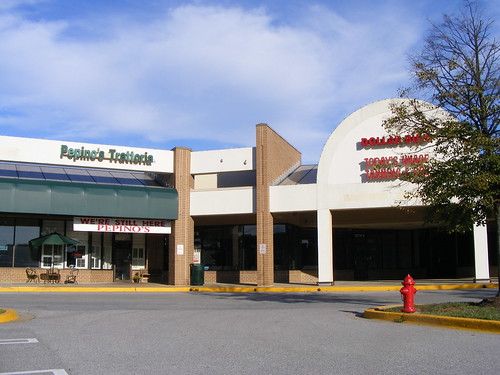Many proposed transit projects in our region, from streetcars to bus rapid transit and the Purple Line, involve vehicles running in the street. Giving transit a place on our busy streets can be a hard sell, especially when it means displacing cars. But a recent trip to Minneapolis shows how it can create better places for everyone, including drivers.
Minneapolis finds a compromise on the Green Line
While presenting at Rail~Volution last month in Minneapolis, I had a chance to ride the Green Line, a new light-rail between downtown Minneapolis and downtown St. Paul. The 11-mile line bears a striking similarity to the proposed Purple Line here in Montgomery and Prince George's counties. Like the Purple Line, the Green Line faced resistance from a Republican governor and concerns about gentrification and neighborhood disruption from nearby large immigrant communities.
But it's how the Green Line interacts with the University of Minnesota, and how community leaders came together to make it a success, that might be the biggest lesson for our area. Like the Purple Line, which would pass through the University of Maryland, the Green Line travels on Washington Avenue, the main street at the University of Minnesota.
 |
| The new Green Line runs through the University of Minnesota. Photo by Michael Hicks on Flickr. |
Minneapolis finds a compromise on the Green Line
While presenting at Rail~Volution last month in Minneapolis, I had a chance to ride the Green Line, a new light-rail between downtown Minneapolis and downtown St. Paul. The 11-mile line bears a striking similarity to the proposed Purple Line here in Montgomery and Prince George's counties. Like the Purple Line, the Green Line faced resistance from a Republican governor and concerns about gentrification and neighborhood disruption from nearby large immigrant communities.
But it's how the Green Line interacts with the University of Minnesota, and how community leaders came together to make it a success, that might be the biggest lesson for our area. Like the Purple Line, which would pass through the University of Maryland, the Green Line travels on Washington Avenue, the main street at the University of Minnesota.







